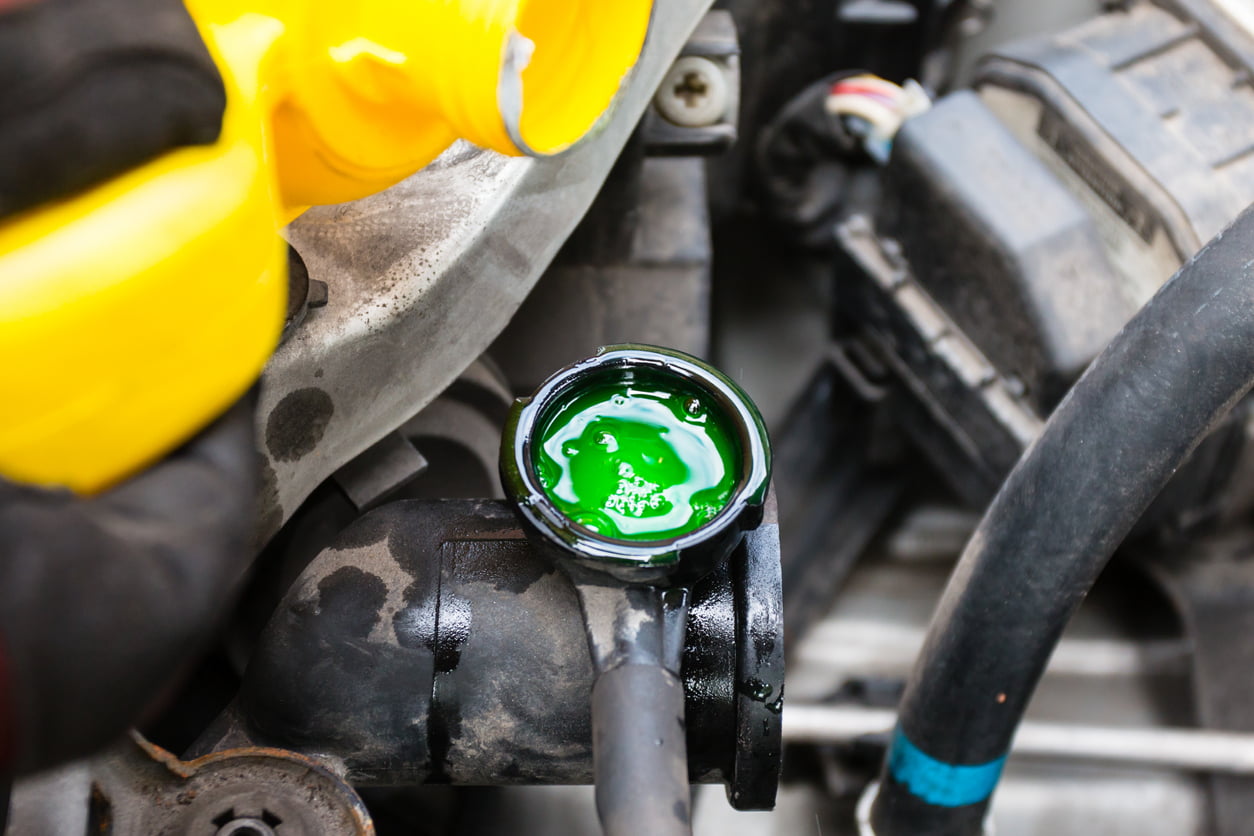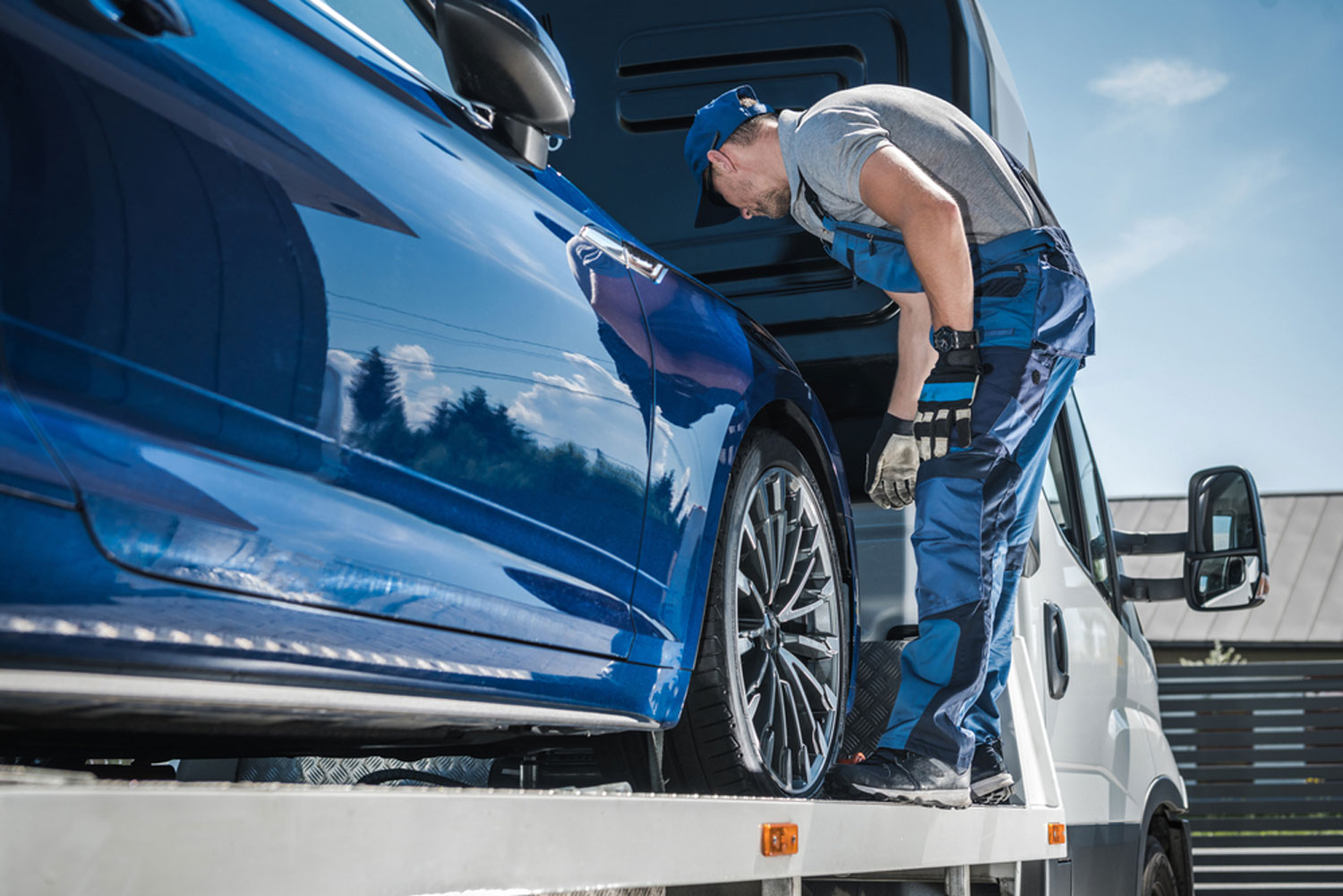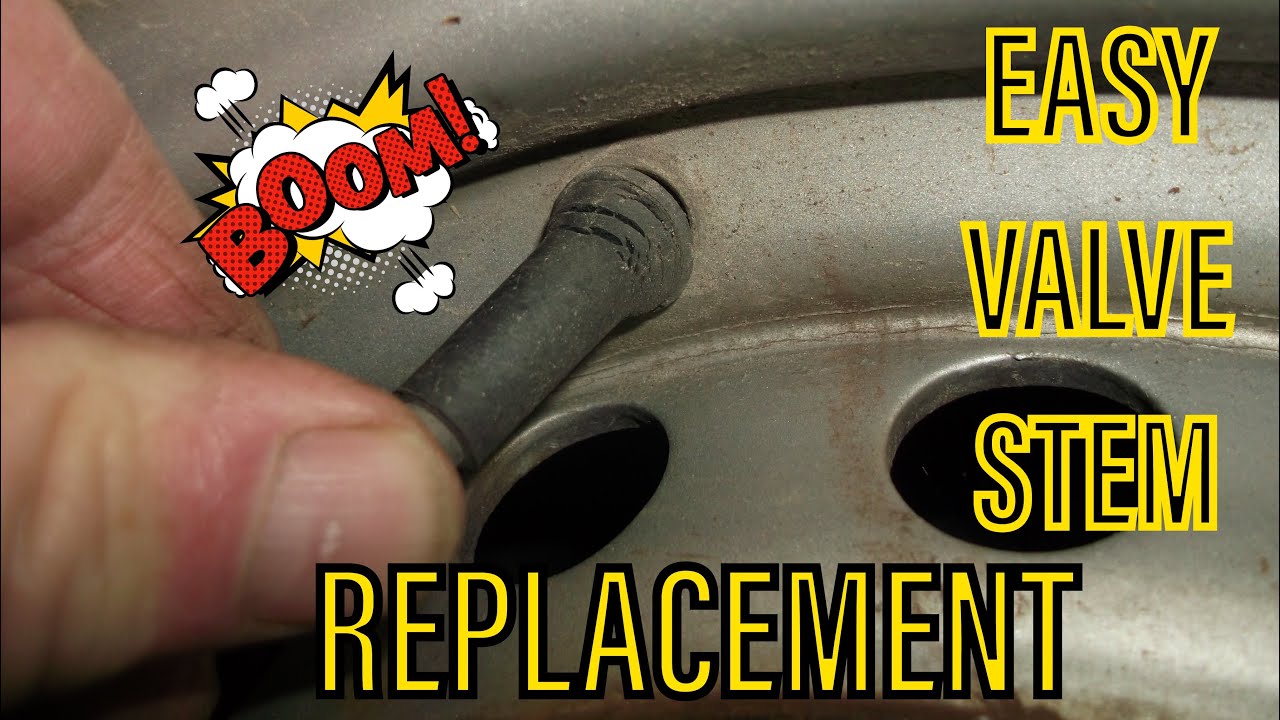Who is Responsible for Repairs on a Leased Car
The lessee is typically responsible for routine maintenance and minor repairs on a leased car. The lessor covers major mechanical failures not due to negligence or accidents.
Leasing a car comes with the responsibility of ensuring it remains in good condition, which is crucial for those who prefer the benefits of driving a newer vehicle without owning it outright. Maintaining a leased vehicle involves adhering to the manufacturer’s scheduled maintenance and promptly addressing any repair issues.
Most lease agreements clearly outline what constitutes normal wear and tear, and lessees should familiarize themselves with these terms to avoid end-of-lease charges. Keeping a leased car in top shape not only honors the lease agreement but also ensures a smooth and cost-effective leasing experience. Remember, neglecting regular maintenance can lead to more serious problems that might breach the lease terms and result in additional costs.

Credit: www.mrtyre.com
Leasing A Car: The Basics
Leasing a car is like renting a vehicle for a long period. You pay monthly to use the car. But you don’t own it. The dealer still owns the car. Understand the lease terms before you sign. Know who fixes the car if it breaks down. This information is key to a smart lease decision.
Components Of A Car Lease
| Part | Details |
|---|---|
| Rental Period | How long you use the car. |
| Monthly Payments | What you pay each month. |
| Mileage Limit | How far you can drive. |
| Wear and Tear | Expected condition on return. |
| End of Lease | Choices when the lease ends. |
Responsibilities Of The Lessee
- Regular Maintenance: Keep the car in good shape. Follow the service schedule.
- Repairs: Fix any damage or issues. Not all repairs are your job, though.
- Insurance: Have insurance to cover accidents and damage.
- Mileage: Stay within the limit. You may pay extra if you go over.
- End of Lease: Return the car as agreed. It must be in good condition.
The contract explains your repair duties. Check who pays for what. This will save you from unexpected bills. If you care for the car well, you can avoid most repair costs.
Common Repairs And Maintenance In Leased Vehicles
Leasing a car brings with it the need to understand what repairs and maintenance are part of the deal. Knowing what’s covered and what’s not can save lessees from unexpected costs. This section will shed light on the typical repair and maintenance responsibilities that fall under a leased car agreement.
Routine Maintenance Expectations
Regular upkeep is crucial to keep a leased vehicle in top shape. Here’s an overview of expected routine maintenance for leased cars:
- Oil Changes: Usually required every 5,000 to 10,000 miles.
- Tire Rotations: Recommended every 6,000 miles to promote even tire wear.
- Brake Inspections: Advisable at least once a year for safety.
- Fluid Checks: Critical for ensuring levels are within safe ranges.
Maintaining records of all these procedures is important. Proof of maintenance is often needed when returning the vehicle.
Addressing Wear And Tear
Leased vehicles undergo scrutiny for excess wear and tear upon return. Being prepared for what constitutes normal versus excessive is key. Here’s what to expect:
| Normal Wear and Tear | Excessive Wear and Tear |
|---|---|
| Minor paint chips | Deep scratches |
| Small dents | Large dents or panel damage |
| Worn tire tread | Bald tires |
| Light upholstery stains | Heavy stains or burn holes |
To avoid penalties, it’s advisable to address these issues before the lease ends. Regular inspections and timely repairs are the best defense against charges for excessive wear and tear.
Understanding The Lease Agreement
When you lease a car, you gain the freedom to drive a new vehicle without the long-term commitment of buying. But remember, leasing a car is much like renting a home; maintenance and repairs are part of the deal. It’s crucial to know who bears the responsibility for vehicle upkeep. The lease agreement holds these details. Let’s break down the specifics.
Lease Terms And Repair Clauses
The lease agreement details everything about your leased car, including repair obligations. Typically, the lessee must handle routine maintenance. The leasing company often covers mechanical faults not due to negligence. Understand each clause to avoid unexpected costs.
| Responsibility | Lessees | Leasing Company |
|---|---|---|
| Routine Maintenance | Oil changes, tire rotations, etc. | |
| Wear and Tear | Minor scratches and dents | |
| Major Repairs | Engine, transmission issues |
Remember to schedule regular check-ups to prevent voiding the lease agreement term.
Interpreting Wear And Tear Policies
Wear and tear policies can be tricky. Every company defines acceptable wear differently. Typical policies allow minor imperfections resulting from daily use.
- Scratches under an inch may be okay.
- Small dents usually pass unnoticed.
- Stained carpets are often considered normal.
Extensive damage like large dents or torn upholstery may incur charges. Always review the wear and tear guidelines before signing. This keeps you informed and prepared.
In summary, knowing your lease agreement inside out safeguards you against potential surprise costs. Proper maintenance and understanding of wear and tear policies ensure a smooth leasing experience.
When The Lessee Is Liable
Leasing a car often comes with a sigh of relief, thinking about minimized repair responsibilities. Yet, certain scenarios exist where the lessee must bear the cost of fixes. Understanding the lease agreement is key. It outlines when the lessee must reach into their pocket. Let’s dive into the specifics of when you, the lessee, may be liable for repairs.
Damage Beyond Normal Wear And Tear
Leased cars undergo scrutiny at the lease end. They check for dents, scratches, and other impacts. Normal wear and tear get a pass. Severe damage does not. Here’s a list of conditions typically considered beyond normal:
- Deep scratches or dents
- Cracked glass or mirrors
- Missing parts
- Non-functioning electronics
If your car shows such signs, prepare for repair costs. Inspections highlight these. Maintenance records prove handy to differentiate new from preexisting issues.
Modifications And Unauthorized Repairs
Making your leased car stand out with mods seems tempting. Remember, changes violating the lease agreement lead to penalties. Always check with your leasing agent before altering your vehicle. Here’s what to avoid:
- Engine modifications
- Aftermarket spoilers
- Custom paint jobs
Unapproved repairs fall into a similar pit. Only authorized centers should touch your vehicle for services. DIY fixes or third-party workshops could complicate your lease terms. Keep a record of authorized repairs. It’s your ticket to a hassle-free lease return.
The Role Of Warranties And Insurance
The Role of Warranties and Insurance plays a crucial part in leased car repairs. Both aspects offer protection against unexpected car repair costs. Understanding the scope and limitations of each is key for lessees.
Manufacturer’s Warranty Coverage
A manufacturer’s warranty is a promise from the car maker. It covers the cost to repair certain defects and malfunctions. This warranty usually applies for a specific period or mileage. For lessees, this coverage is a first line of defense against repair costs.
- Engine, transmission, and other major components;
- Electrical systems and infotainment features;
- Safety features, such as airbags and sensors.
Always check the lease agreement. It should align with warranty conditions. This ensures optimal use of the warranty during the lease.
Insurance Claims For Repairs
Car insurance is another layer of protection. It primarily covers accident-related repairs. Comprehensive or collision coverage may apply.
- Report the incident to your insurance promptly.
- Insurance assesses the damage and determines the coverage.
- A claim gets filed if the incident is covered.
Insurance does not cover normal wear and tear. Also, it will not cover mechanical failures outside of accidents. Check your policy details to understand the full extent of your coverage.

Credit: www.finn.com
End-of-lease Considerations
End-of-Lease Considerations play a crucial role in the transition out of a leased car. As the lease ends, knowing the responsibilities for repairs can avoid unexpected costs. Attention to detail and understanding the lease terms ensure a smooth handover. An informed approach saves money and avoids lease-end surprises.
Inspection Before Lease Return
Before returning a leased car, an official inspection is necessary. This determines the car’s condition. Lessees should closely follow the inspector’s findings. Necessary repairs must adhere to the lease agreement’s standards. Comprehensive pre-inspection could avoid penalties later. Consider scheduling an inspection a few months before the lease ends. This gives time to address any issues uncovered.
- Get a pre-return inspection to identify potential issues.
- Review the inspection report thoroughly.
- Fix problems to meet lease return standards.
Handling Excess Wear Charges
Wear charges reflect use beyond normal limits. Knowing what constitutes ‘normal’ or ‘excessive’ is key. Minor scratches and dents often fit within the ‘normal’ category. Lessees should reference their contract’s wear and tear guidelines. Clarifying these terms helps manage expectations.
Charges for excess wear can be costly. Compare repair costs from the dealership against local auto-shops. Independent repairs could be less expensive. Lessees have the option to make repairs before return, which might be cheaper than the leasing company’s charges. Always document repairs with detailed receipts and photographic evidence.
| Charge Type | Action Step |
|---|---|
| Minor Wear | Often within normal limits; no action needed. |
| Excess Wear | Assess and repair pre-return; gather evidence. |

Credit: www.finn.com
Frequently Asked Questions For Who Is Responsible For Repairs On A Leased Car
Who Covers Maintenance In A Leased Car?
Leased car maintenance is typically the lessee’s responsibility. The lease agreement usually requires the lessee to perform regular maintenance. However, some lease contracts offer maintenance packages that may cover routine services.
Is Wear And Tear Included In Car Leases?
Lease agreements often include a wear and tear policy. This policy outlines acceptable levels of usage. Lessees may face extra charges if wear exceeds the contract’s stated conditions at the lease end.
Can I Return A Leased Car With Damage?
Returning a leased car with damage can result in charges. The leasing company will inspect the car and charge for repairs if it’s beyond normal wear and tear. Lessees should report damage when it occurs.
Do Leased Cars Come With A Warranty?
Leased cars usually come with the manufacturer’s warranty. This warranty covers most mechanical issues throughout the lease term, provided the car remains under the mileage limit set by the warranty conditions.
Conclusion
Understanding the nuances of leased car repairs is crucial for a stress-free experience. It boils down to leaseholders and lessors sharing specific responsibilities. Always refer to your lease agreement for clarification. Stay proactive in car maintenance and consult with your lessor on repair disputes.
Remember, knowledge is power when navigating lease obligations.





